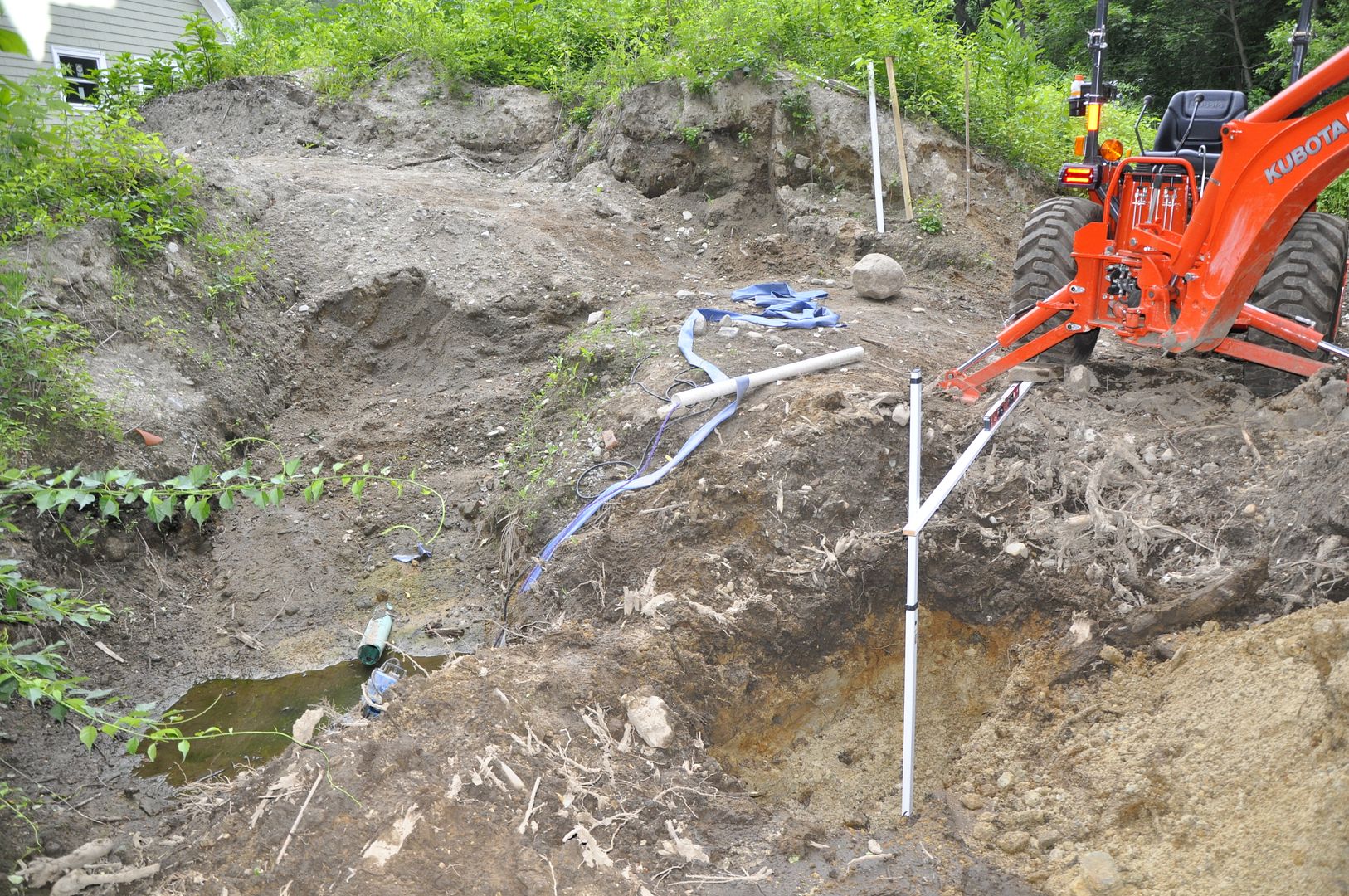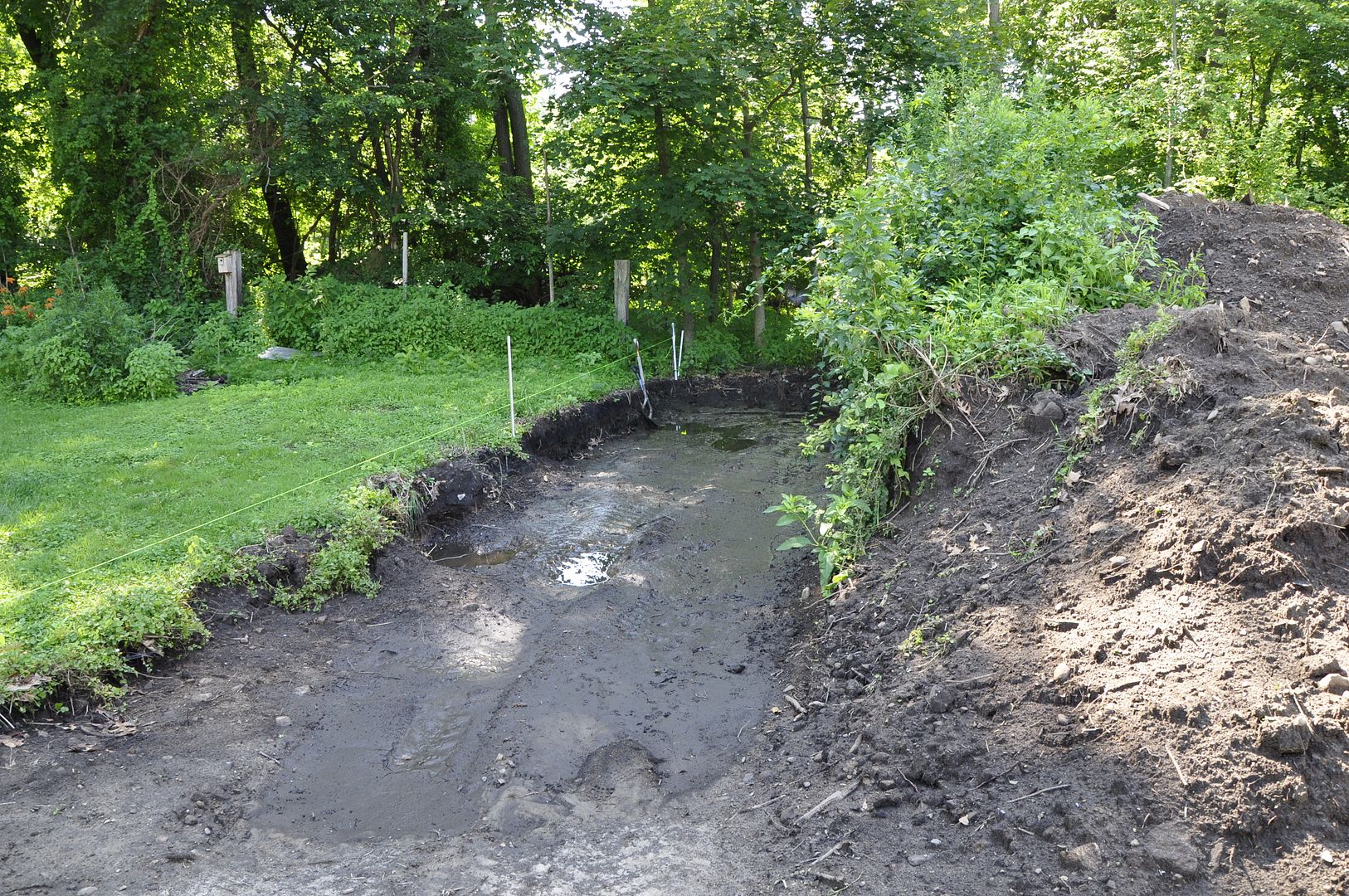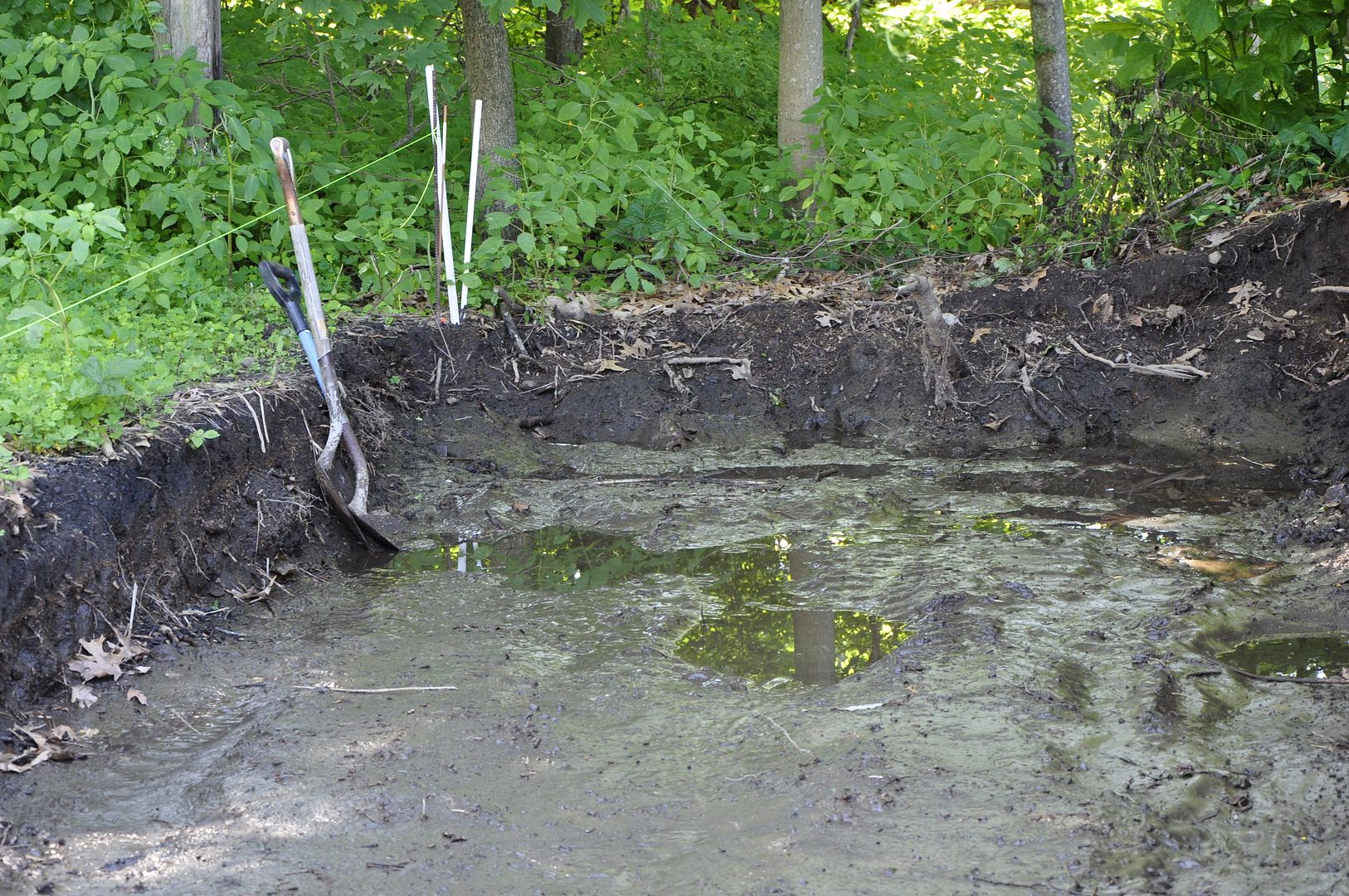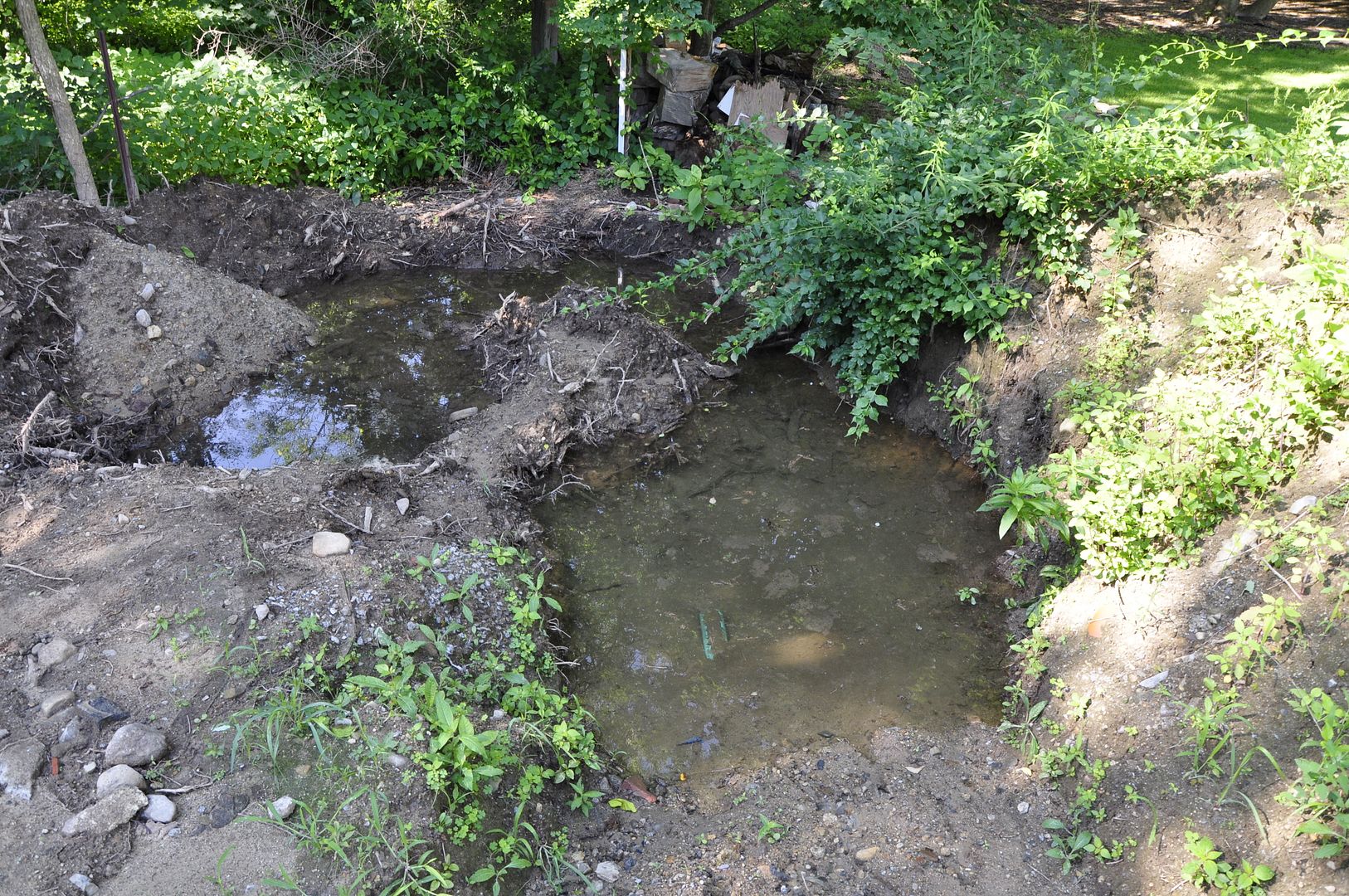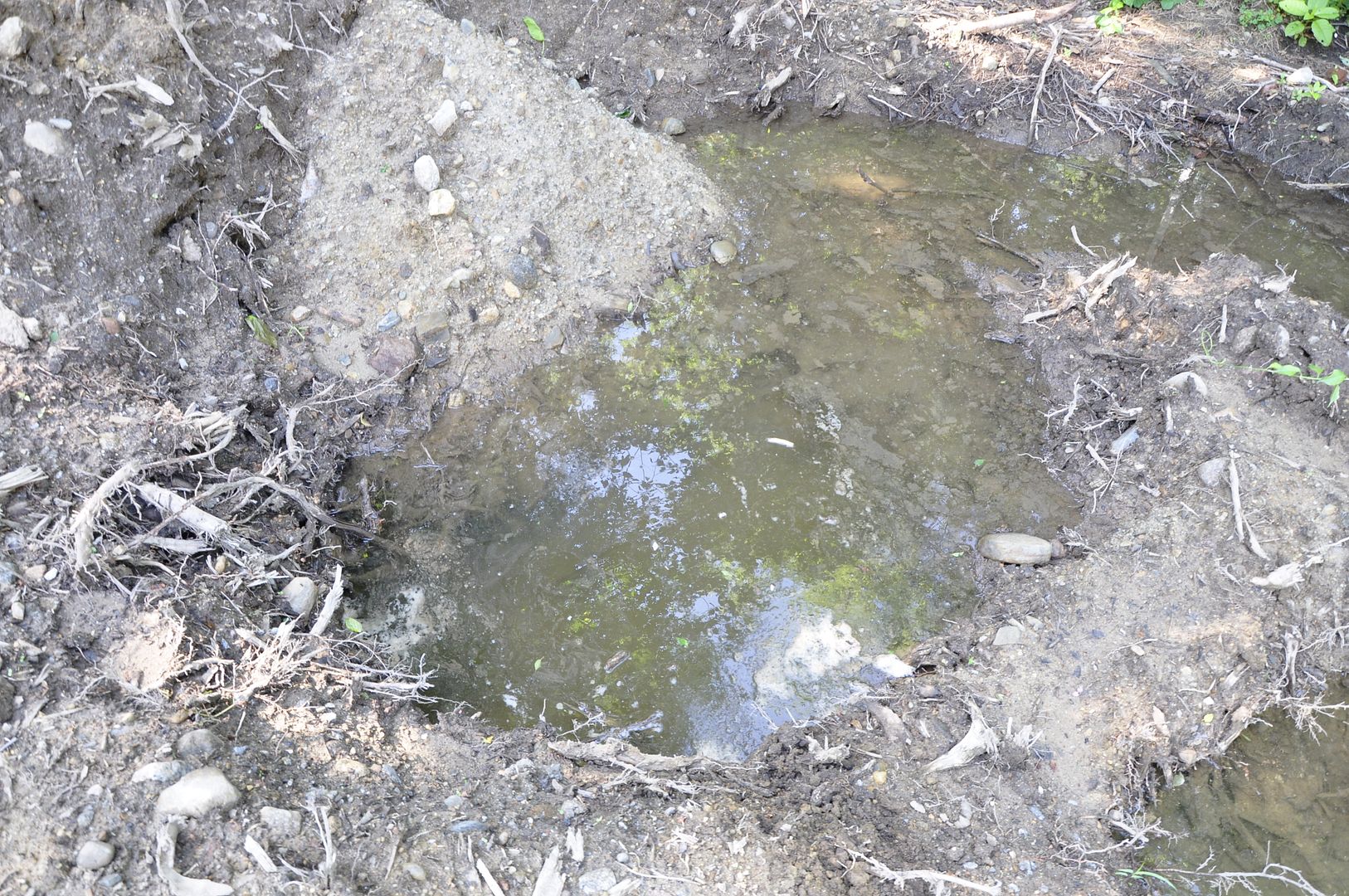Hi Jim,
Live just north of you and have glacial till with about 3-4" topsoil and then 3-4' of clay and rock subsoil - and have mixed in sandy loam and it really helps the grass root better vs the clay type soil. It sounds like you have a better soil structure but not so good drainage, some clay, and compaction.
Take small soil samples at 6-10 places and put them all in the same bag and take it to a L&G place like Agway - they can do testing for PH and other tests too.
Get a rough grade where you want it then add an 1" or 2" of sand and rototill in, then get composted loam (Seacoast Farms - Fremont NH is one option) and spread that a few inches on top and seed and fertilize. August is a good month to prepare, then mid September is the best month to seed and you will have a decent lawn before fall.
Good luck and post some pics of your project area!
Carl
Sounds like my soil structure is similar to yours - just deeper. I've got anwhere from about 8 inches of topsoil to a good foot and a half. Underneath that is at least a foot , sometimes more - of clayish,topsoilish / rocky subsoil - and then below that is the glacial till. I'm looking to put in a retaining wall in another section of my property and it was recommended to get an engineer signoff on the wall structure. He was interested in what the soil structure was - so I took some pics. This is on another corner of the property - where I had piled all the diggings from a barn I put in a few years back (still working on that one too) - but the pics at least give some idea of the soil structure.
I dug a hole down to see how far I had to go to get to glacial till - what you see is a bit deceptive here because I had piled the diggings on top of the original topsoil - so there is some soil depth added on top of what the original natural grade is - but it's not that much, 6in to a foot at most where this test hole was dug
Here's another view where I put a survey stick down into the hole to give an idea of the depth I have to go down to get to glacial till. I've dug a few inches into the till in this pic - so the four feet is made up of a few inches into the till, probably a good foot or so of subsoil (it's the rusty colored brown soil) - a good foot or more of topsoil (full of roots I had just dug a rather large stump out from this area) - and then maybe 6 inches to a foot of soil I had piled on top of the topsoil from digging out the barn foundation a few years back.
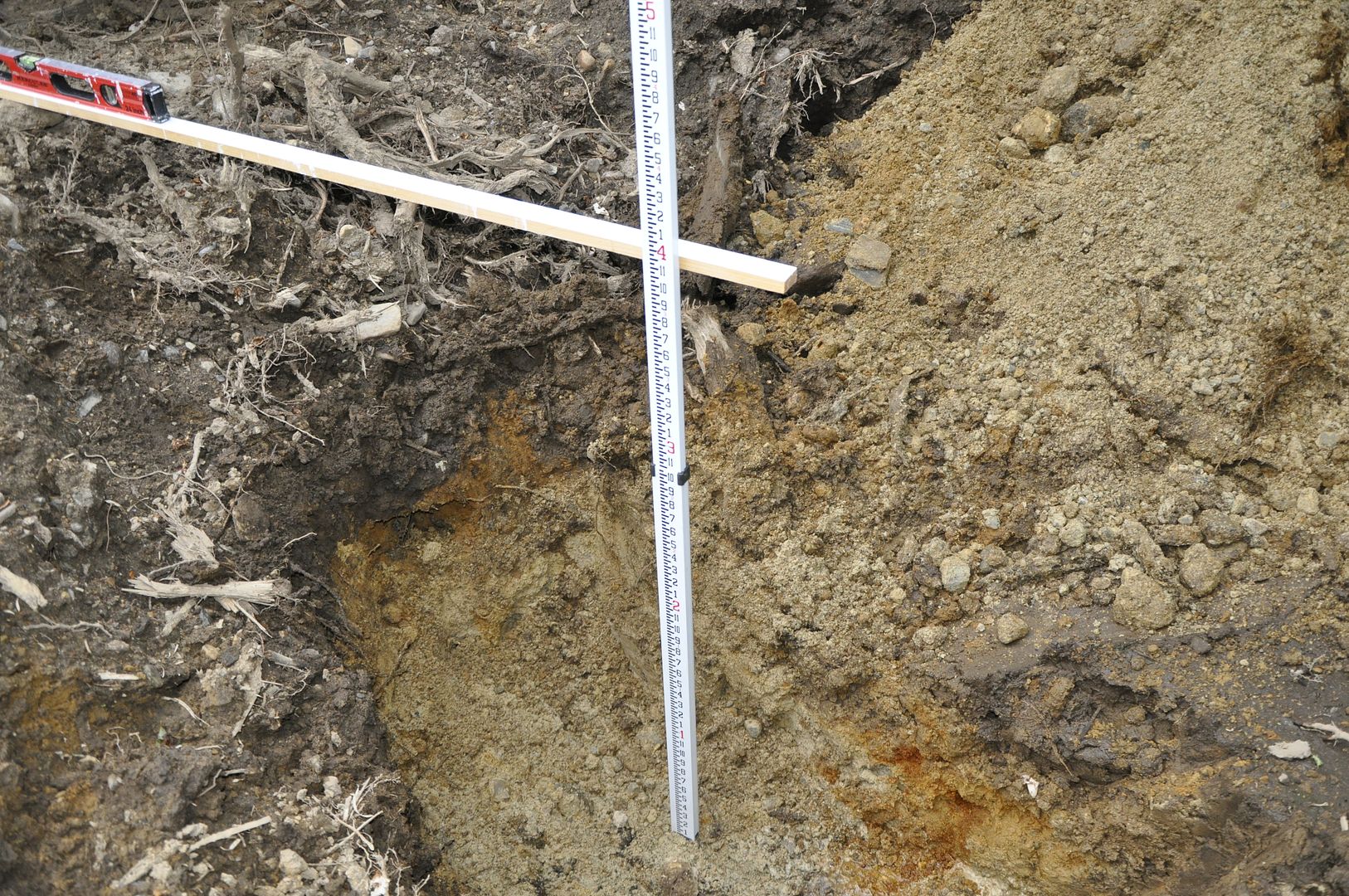
Here's the corner where I'm working on prepping to put in the lawn. The lot slopes - and I have a large pile of dirt I need to do something with - as well as a lot of topsoil I carefully stripped off when I put in my barn and a driveway a few years back. So basically what is happening here - is that I've stripped off the topsoil - I'm going to put in a retaining wall right along the property line - then I'm going to bring the grade up using the soil I dug out from the barn foundation excavation - and then pile topsoil back on top of that. Sounds like a lot of work but the way I figured it was if I leave the original topsoil and just pile dirt on top of that : I'll end up with glacial till / subsoil / deep layer of topsoil / probably at least a foot of dug up fill on top of that / then another layer of topsoil - probably at least a foot thick. I'd end up having to truck in topsoil at some point in time. I've carefully saved the topsoil in areas I've excavated because there are other areas on my lot where I need to build it up - like the front yard - where the grass grows lousy and I know a good part of the reason is because the topsoil layer is like 4 inches thick - and there's a layer of sand underneath that as fill the contractor put in many years ago when the house was built.
So what you see in this pic is where I've stripped off the topsoil layer to get down to the subsoil. The pic is somewhat deceptive because this entire hole was flooded pretty much right up to the top edge a couple of days ago from the big thunderstorms that came thru here. That dissolved some of the small piles of topsoil I hadn't cleared out yet - and left a layer of topsoil mud across the whole excavation - the subsoil is just an inch or two below that layer of mud. The big pile right next to excavation is all the topsoil I've stripped off from other areas of the lot.
I'm starting with this area because I need to build the retaining wall - and then fill in and bring up to grade behind it.
Here's a closer in view to give some idea of how deep the topsoil is:
Thanks for the Agway tip - I was wondering where I could get soil samples tested.
What I'm looking to do - is keep the topsoil depth nice and deep as much as possible. But get better drainage on it. I'd like to have a nice lawn - but I'm not one of those guys who likes spending every Saturday mowing grass. So I've sort of decided on the Pearl's Premium seed mix - because I've put it down in a couple of places on my lot when I had bare spots - and the stuff is relatively low maintainence. It puts down deep roots - and doesn't grow really fast. The part of the lot I have the pictures showing above - has always been "wet" whenever we get damp weather. So I'm bringing up the grade and hopefully mediating the top soil to make it better for the lawn growth and to improve drainage. In the back of my mind I also want to keep the topsoil depth deep - on the premise that I could potentially turn the backyard into a nice garden if I had to or wanted to.
From the suggestions in this thread it sounds like I should get the topsoil down - then add some sand, peat moss, compost or manure - and till the whole thing in. I do have plans to get a tiller - wanted one for a while and this is my excuse.
Whether I can get this work done by the fall when the best seeding time is - is another question. Part of my problem here is that my lot is like a project car - there's pieces of it spread all over the place and I'm running out of space. That big pile of topsoil you see - has to move before I can finish bringing that part of the lot up to grade - in order to move the topsoil pile - I've got to put it somewhere - and I don't have much space to put it in. So I'm dealing with moving something here to free up space - and then moving something else over there - etc.
The rain this season hasn't been helping - we've been getting a lot. It floods this area out and I have to keep pumping it out and then waiting for things to dry out before I can make progress.
Here's another pic of that same area where I showed the soil depth measurement - taken this morning - we haven't gotten any rain in a good couple of days - and it's still flooded.
Here's the hole I dug to measure out the soil depth:
